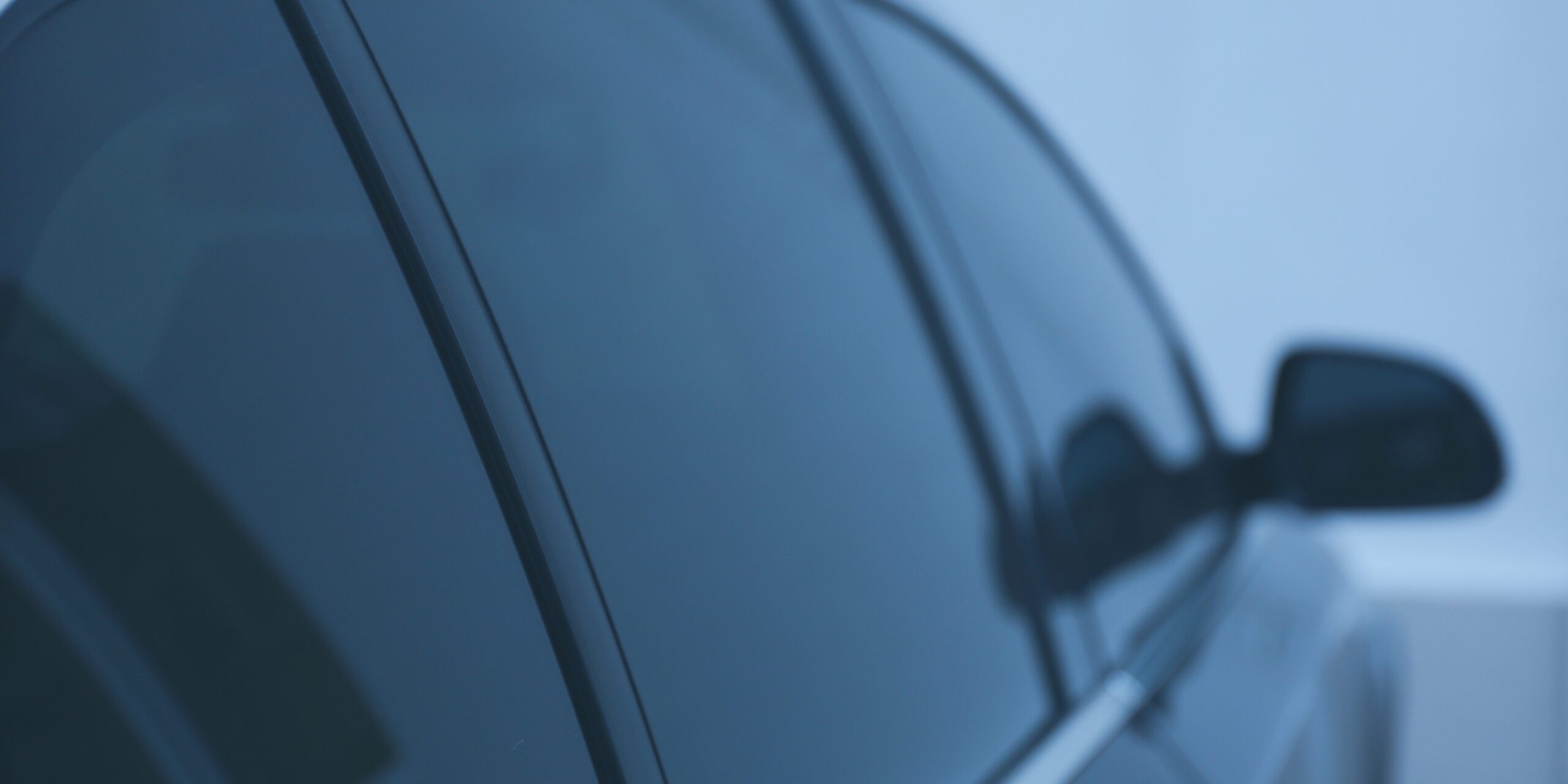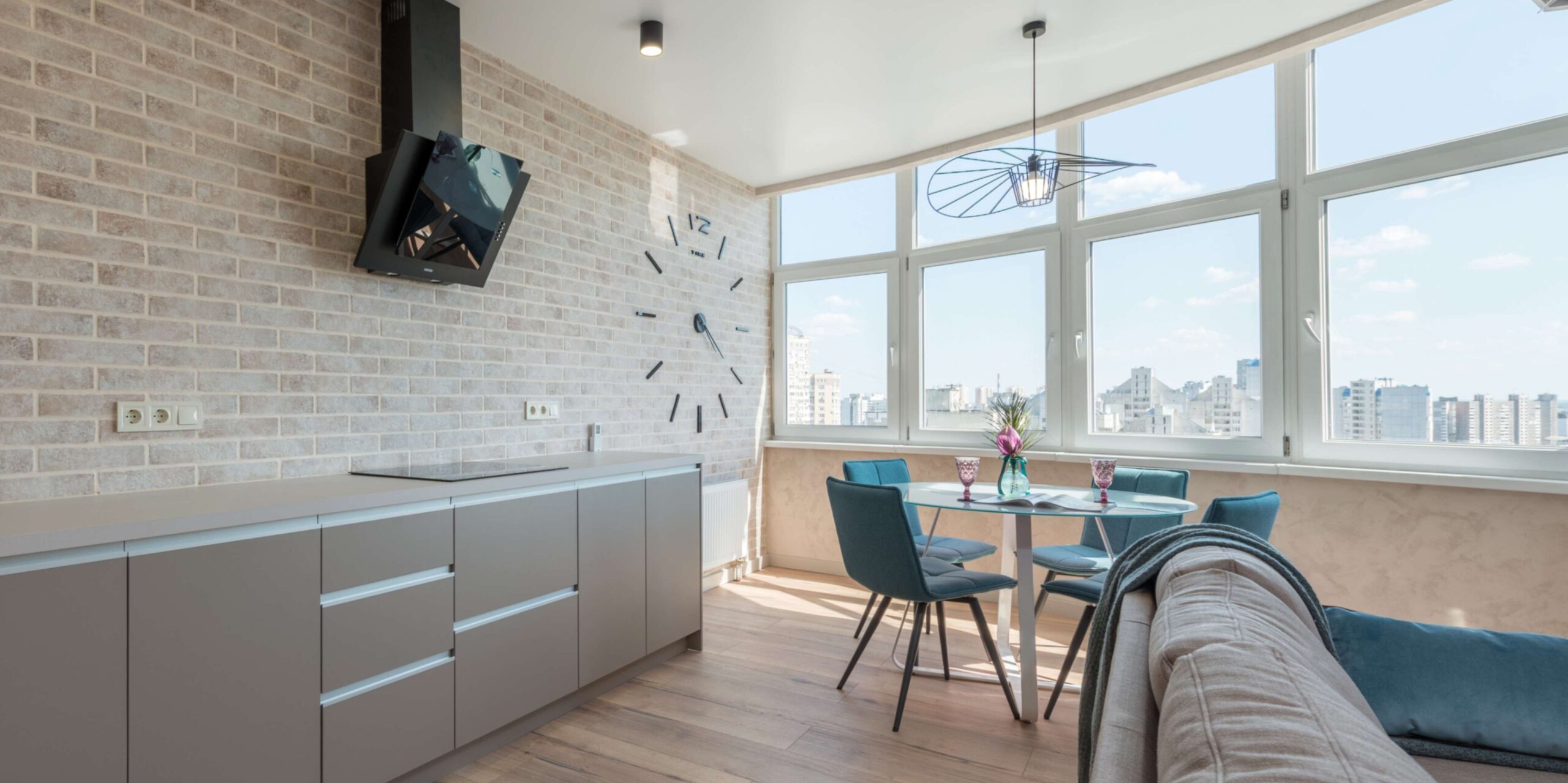KG LAM
KGLam, Laminated Glass is a revolutionary solution that seamlessly blends safety, durability, and aesthetic appeal.
Laminated glass is a type of safety glass that consists of two or more layers of glass bonded together with an interlayer of polyvinyl butyral (PVB) or ethylene-vinyl acetate (EVA). This interlayer is what gives lamination glass its unique properties. In the unfortunate event of breakage, the interlayer holds the glass fragments together, reducing the risk of injury.
Understanding the technical details of lamination glass is crucial for selecting the right product based on the specific needs of a project. It offers a combination of safety, aesthetics, and functionality, making it a versatile choice for various applications.
Layers: Typically, lamination glass is composed of two or more layers of glass. The glass layers can vary in thickness based on the intended application and performance requirements.
Interlayer: We only use PVB interlayers from Kuraray that meet stringent quality standards, ensuring reliability and performance in laminated glass applications with excellent adhesive and optical properties.
Impact Resistance: In the event of breakage, the interlayer holds the glass fragments together, reducing the risk of injury from sharp shards.
Penetration Resistance: Lamination glass provides a barrier that makes it difficult for intruders to penetrate, enhancing security.
Glass Layers: The thickness of the individual glass layers can vary, and common thicknesses include 3mm, 4mm, 5mm, 6mm, and beyond, depending on the application.
Interlayer: The thickness of the interlayer, typically PVB, can also vary. Standard interlayer thicknesses range from 0.38mm to 2.28mm
Clear and Tinted Options: Lamination glass is available in clear, coloured as well as tinted options, allowing for customization based on design preferences and requirements for privacy.
UV-Blocking Properties: The interlayer in lamination glass provides UV protection, helping to block harmful ultraviolet rays. This feature is beneficial for protecting furnishings and preventing fading.
Noise Reduction: Lamination glass has inherent sound insulation properties, making it effective in reducing noise transmission. This is particularly useful in environments where acoustic performance is important.
Insulating Properties: While lamination glass itself does not provide significant thermal insulation, it can be combined with other glass types or coatings to enhance overall energy efficiency.
Colours and Finishes: Lamination glass can be customized in terms of colours, finishes, and even patterns, offering flexibility to meet specific design requirements.

Automotive
- Lamination glass is commonly used in windshields to enhance safety by preventing glass shards upon impact.

Architectural
- Widely used in windows, doors, skylights, and glass facades for both residential and commercial buildings.

Safety Glazing
- Suitable for applications where safety is a primary concern, such as balustrades and glass flooring.